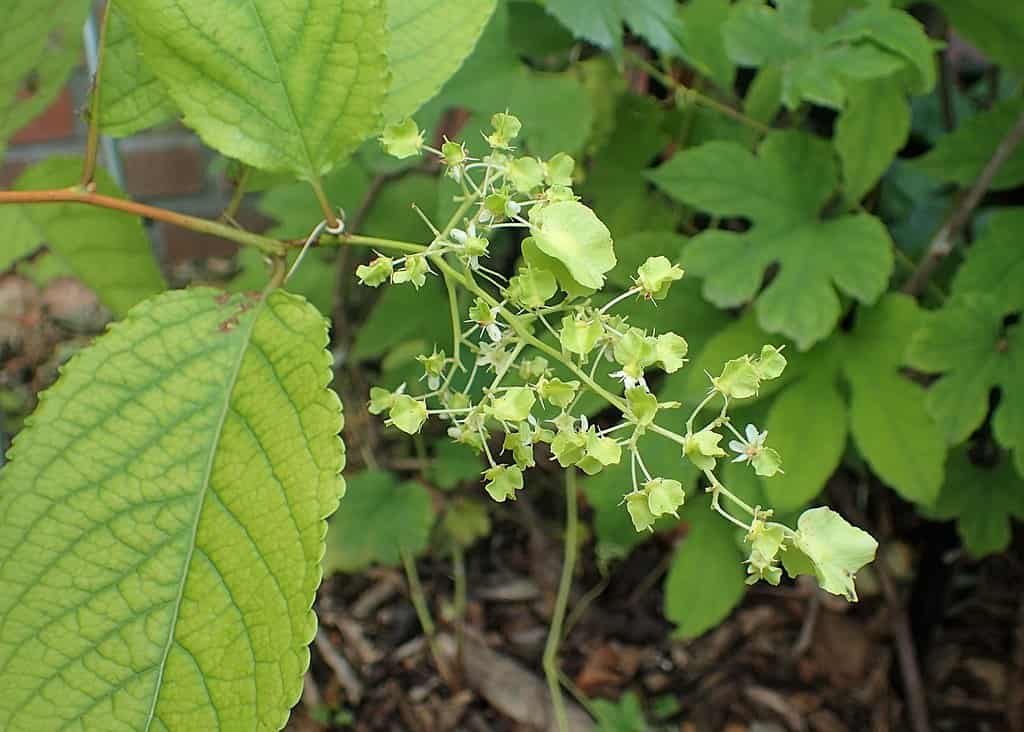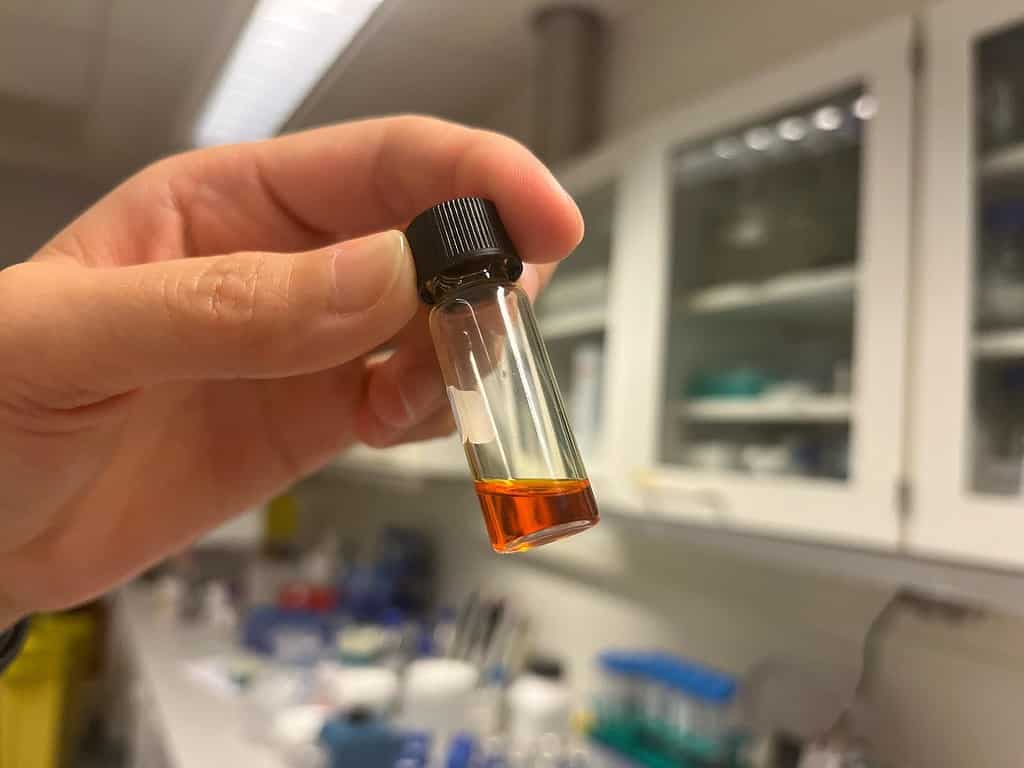In the fight to lose weight, some plants can be a huge help. This is the case, for example, of a Chinese medicinal plant. However, as it’s very toxic, no one has succeeded in exploiting it effectively. Now, researchers have found the formula for the synthetic production of the active compound by using ordinary yeast.

The thunder god vine (Tripterygium wilfordii), a perennial commonly grown in southeast China, has been used for hundreds of years in traditional Chinese medicine for fever, psoriasis, arthritis and even weight loss. Within its roots, the plant produces the compound celastrol, a chemical agent that has powerful anti-obesity properties.
However, thunder god vine can also be extremely poisonous if the extract isn’t prepared properly. The plant has even earned the nickname “Seven Steps to Death” as a person may meet his end while walking away after consuming it. So, with all the danger it presents, how do we get access to the plant’s weight loss compound while avoiding the toxicity? That’s the key question.
“A person can’t just eat the plant and benefit from the drug. So, what do we do? The problem with extracting celastrol from the nature source is that it is very hard to separate it from the other toxic molecules that the plant is full of. So far, there has been no effective method to achieve this,” Sotirios Kampranis, professor of biochemical engineering and study author, said in a release.
Seeking to address this, Kampranis and a team from the University of Copenhagen sought to find a way to manufacture the substance biotechnologically. They mapped the pathway for the 15 biochemical steps that the plant goes through to form celastrol. All of these steps are important in order to recreate the substance biosynthetically.

Celastrol reactivates the body’s responsiveness to leptin, a hormone that overweight individuals often develop resistance to. Leptin plays a crucial role in stimulating the body to burn more calories, thereby contributing to weight regulation. Previous studies using mice on a high-fat diet showed that when given celastrol they gained 45% less weight.
“We found out how the plant forms celastrol by finding all of the steps in the manufacturing process. This means that we could take the genes and enzymes that make the substance and put them into another organism that does not produce toxic substances. And that’s what we’ve done with yeast,” Yong Zhao, study author, said in a news release.
The researchers successfully generated synthetic celastrol by using yeast as a host organism within a controlled tank environment. “You just need to feed the celastrol molecule table sugar, and by doing so, you get a compound that is almost in pure form without the toxic compounds that otherwise come with it in nature,” Kampranis said.
The process is relatively simple. It takes around a week to get the final product and it’s done without the toxic solvents or catalysts, usually used in chemical synthesis. The next step will be looking at the drug’s potential to treat obesity in humans. The researchers believe the treatment can be done with celastrol alone or combined with other therapies. They are already in conversations to commercialize their method.
The study was published in the journal Nature Chemistry.









